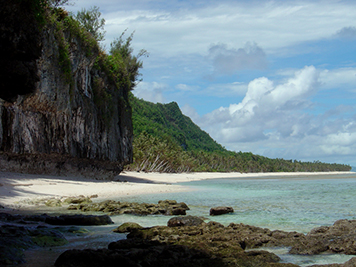Oil Spills at the Water's Edges
When oil spills into the ocean, it's especially likely to harm animals and plants at two interfaces (places where different things come together):

Near the surface of the water, where water and air meet
As oil slicks move across the water surface, oil can clog the feathers of birds that land on the water or the fur of marine mammals that must surface for air, and oil can kill or damage plankton (the tiny floating plants that support all other marine life) and other small creatures.
Along the shore, where water and land meet
Here, beached oil can smother creatures such as worms or clams, and toxins in oil can damage other creatures and plants. Where marshes grow near the shoreline, grasses and plants can be oiled and be damaged or killed.
More Information about Oil Spills and Beaches
Education: For Students and Teachers: Visit the main education page to explore other ways to learn about the ocean and the impacts of pollution.
Oil Behavior and Beach Sediments: This exercise demonstrates how lighter and heavier oils behave differently when spilled onto fine-grained, medium-grained, and coarse-grained sediment.
What Happens to Oil on the Ocean's Surface? Try this simple exercise for elementary school students to demonstrate what happens when oil spills and becomes mixed with the ocean.
Find the Best Way to Clean Oil off Bird Feathers: In this experiment for elementary school students, you'll look at the way oil affects bird feathers, and try different cleanup methods to find out which works best.
